11 x 21 without frame
30 x 40 with frame
signed lower right
On the right, we can see the old Orsay station, now transformed into the Musée d'Orsay, with its remarkable architecture. Further back, still on the right, we can see the domes of the Institut de France, headquarters of the Académie française. On the horizon, we can also see the majestic towers of Notre-Dame de Paris, reinforcing the depth and iconic character of this view. On the left, we can make out the elegant silhouettes of the Louvre and the Tuileries, architectural emblems of Paris, harmoniously framing the landscape. In the foreground, a typical boat of the time – probably a steam-powered barge – sails on the Seine. This detail illustrates the river dynamism of Paris at the beginning of the 20th century, contrasting with the serenity of the banks.
Eugène Louis Véder, born in 1876 in Saint-Germain-en-Laye and died in 1936, is a French artist renowned for his drawings and engravings, notably his colored etchings representing Paris. Inspired by Jean-François Raffaëlli, Véder began his artistic career shortly before the First World War, exhibiting at the Salon des Indépendants. In the 1920s, he became known for his detailed representations of Parisian life. He exhibited at the Salon des Artistes Français from 1922, became a member of the society, and received a bronze medal in 1923, then a silver medal in 1925. Véder received prestigious commissions, notably from the Chalcographie du Louvre, and established his studio on Place de l'Estrapade in the Latin Quarter. His major work, "Paris: Fifty Colored Etchings", commissioned by Albert Morancé, remains one of the finest artistic testimonies of the city.


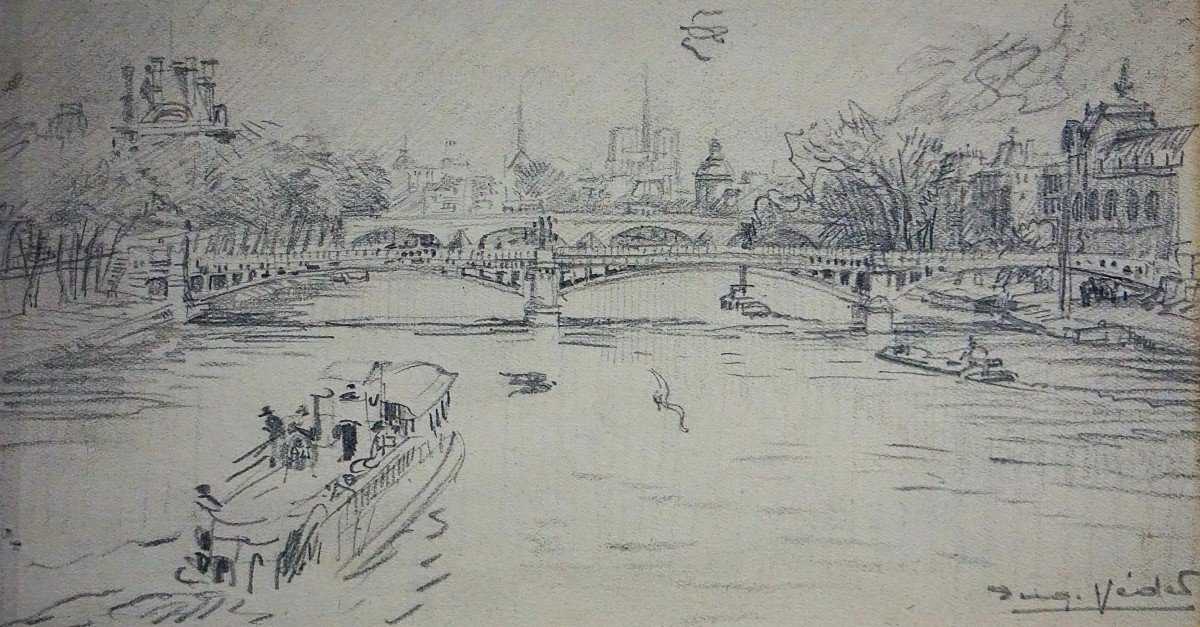
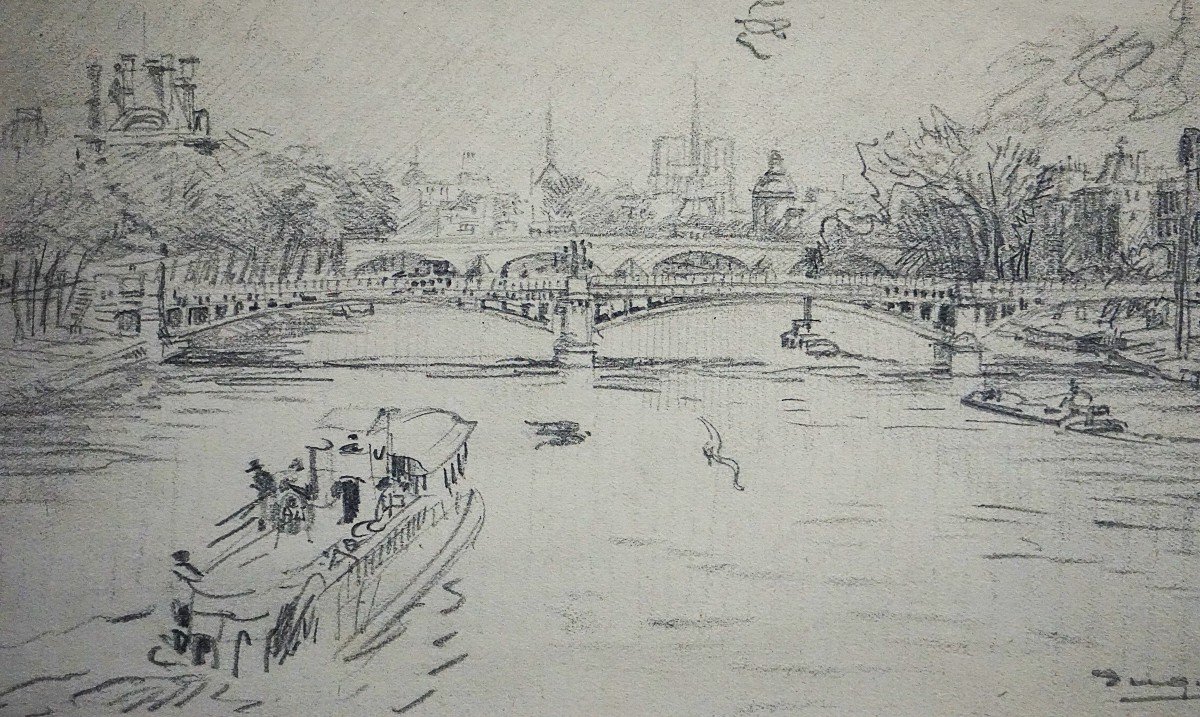
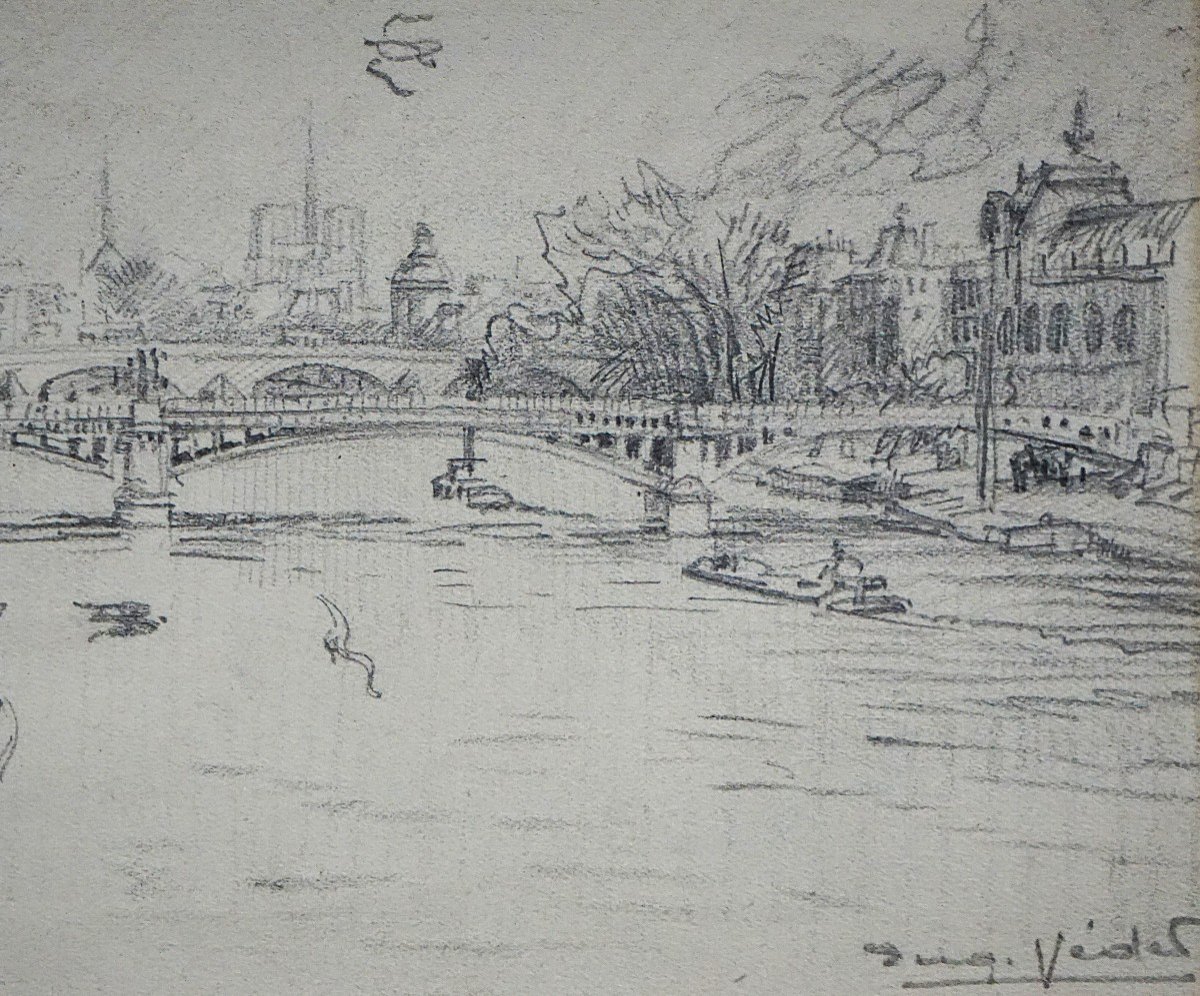
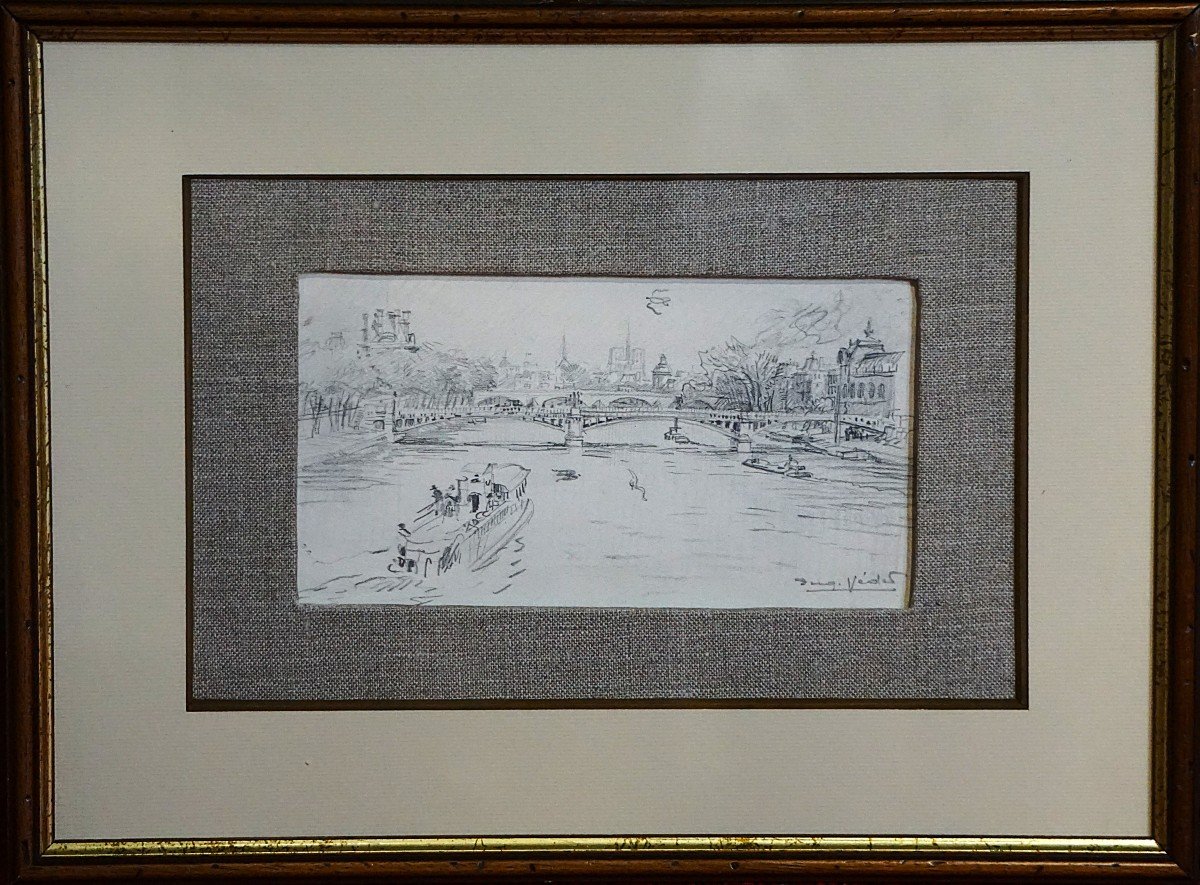







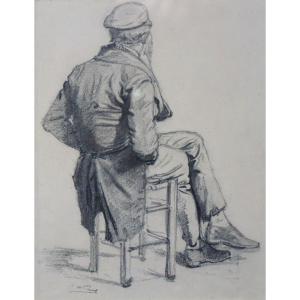
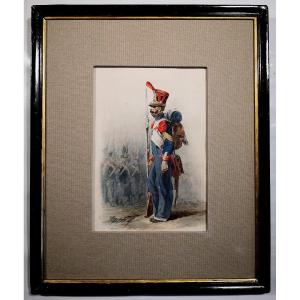

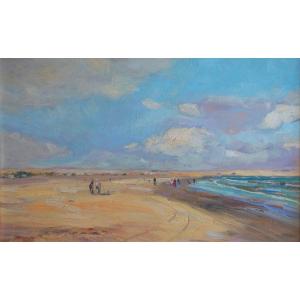



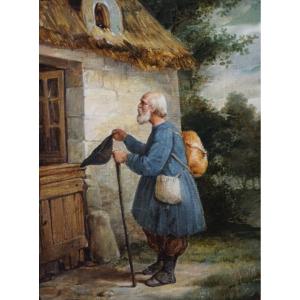
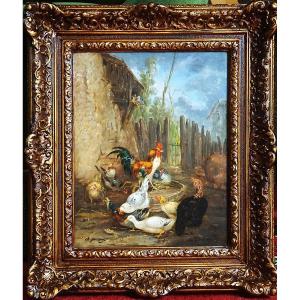

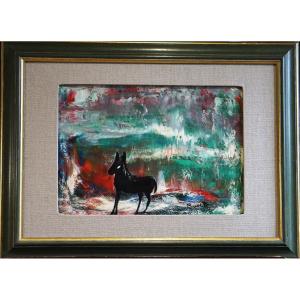
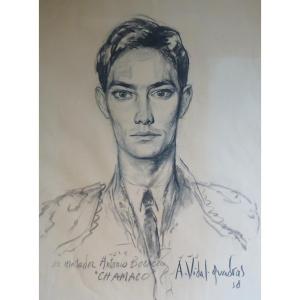
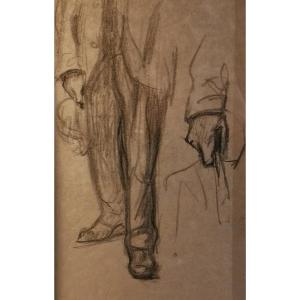

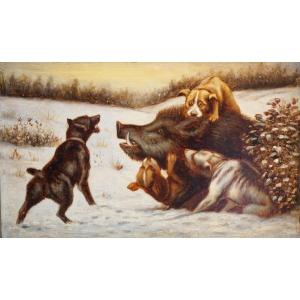
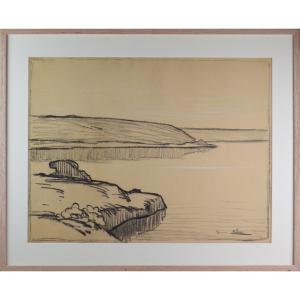


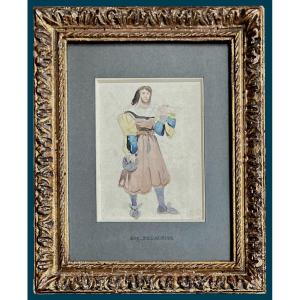
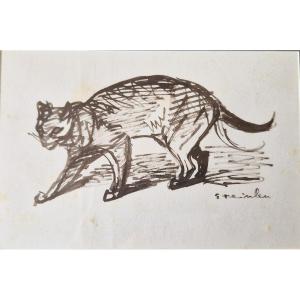



 Le Magazine de PROANTIC
Le Magazine de PROANTIC TRÉSORS Magazine
TRÉSORS Magazine Rivista Artiquariato
Rivista Artiquariato